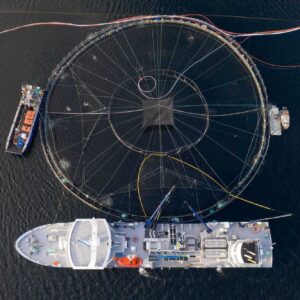
BREAKING NEWS: Canada Will Phase Out BC Open Water Net Pens
Canada’s Minister of Fisheries Joyce Murray announced that the Canadian government is taking bold action to phase out all open net pen aquaculture in British Columbia’s coastal waters.

Canada’s Minister of Fisheries Joyce Murray announced that the Canadian government is taking bold action to phase out all open net pen aquaculture in British Columbia’s coastal waters.
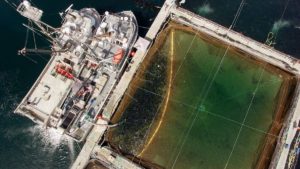
Conservation and environmental groups filed a lawsuit challenging a decision by the WA Department of Fish and Wildlife for failing to evaluate the environmental impacts to steelhead, salmon, Southern Resident orcas, water quality, and the overall health of Puget Sound when permitting Cooke Aquaculture to rear domesticated steelhead in Puget Sound net pens.
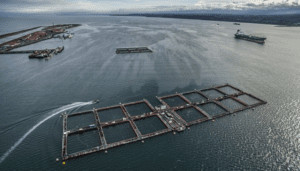
Media Contacts: Kurt Beardslee, Executive Director, 206-310-9301, [email protected] Emma Helverson, Director of Communications, 484-788-1174, [email protected] DECEMBER 17, 2021—In another legal defeat for Cooke
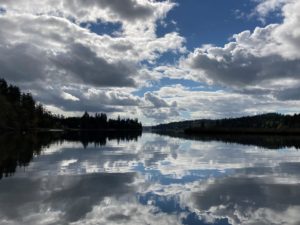
Wild Fish Conservancy staff recently submitted comments to the Pierce County planning department on a draft Environmental Impact Statement regarding a proposed geoduck aquaculture project
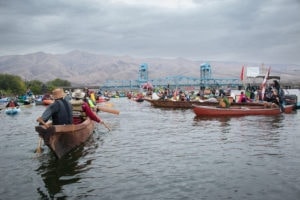
Proposal would exchange breaching dams for suspending bedrock environmental laws We strongly support removal of the lower four Snake River dams to rebuild the wild
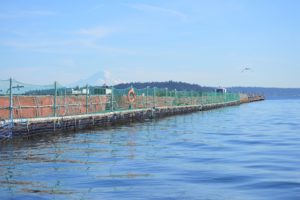
On November 27th, the Bainbridge Island City Council passed an official resolution declaring support for the Taking Back Our Sound campaign, Wild Fish Conservancy’s competing
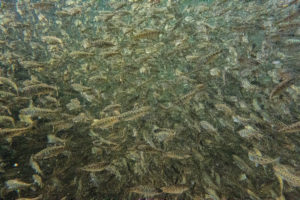
In a sparsely attended public meeting of the “Fish Committee” in early August 2020, a select group of Washington Fish and Wildlife Commissioners were re-writing
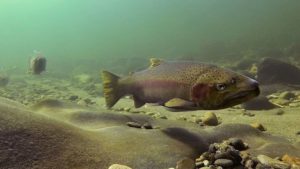
As a member of the Puget Sound Steelhead Advisory Group (PSSAG), Washington’s Department of Fish and Wildlife (WDFW) asked me to share my knowledge, experience, and
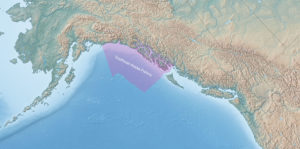
Environmentalists ask court to block the summer fishing season until NOAA proves the harvest wouldn’t starve endangered Southern Resident killer whales.
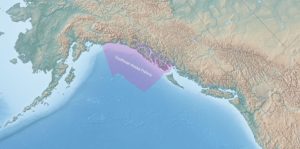
Overharvest of Chinook salmon in S.E. Alaska threatens the coast-wide survival of wild salmon, Southern Resident killer whales, and coastal fishing communities For more information,
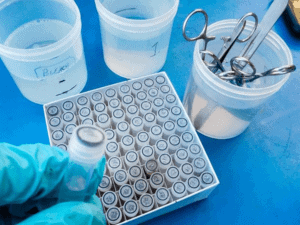
How is ISAv detected? There are 3 common tests (“assays”) for ISAv: The classic test is cell culture; salmon cells are grown in the laboratory
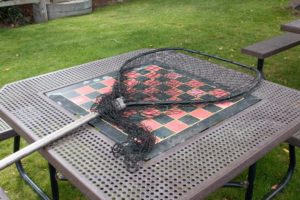
The Conservation Angler, Wild Fish Conservancy, Snake River Waterkeeper, Friends of the Clearwater, and Idaho Rivers United yesterday sent notice of their intent to sue officials of the Idaho Department of Fish & Game (“IDFG”) and Idaho Fish & Game Commission (“Commission”) under the Endangered Species Act (“ESA”) for allowing sport fisheries that harm and prevent the recovery of wild Snake River Basin steelhead, including the iconic but critically low wild B-run steelhead.
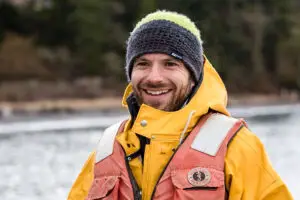
Earlier this month, the world lost an incredible fisheries biologist, husband, son, brother, father, and friend. James Fletcher Healy passed away in his home on March 5, 2018, surrounded by friends and family, after
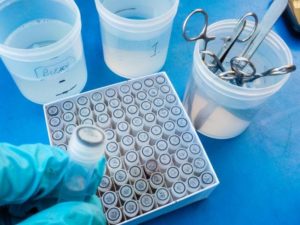
ndependent lab results demonstrate that 100% of escaped Atlantic salmon tested were highly infected with Piscine Orthoreovirus (PRV), and that the strain of the virus is of Norwegian origin.
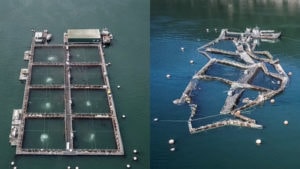
Wild Fish Conservancy files suit against Cooke Aquaculture to hold the company accountable for violations of the Clean Water Act resulting from the collapse of one of the company’s open water marine net pens near Cypress Island in Washington’s Puget Sound.
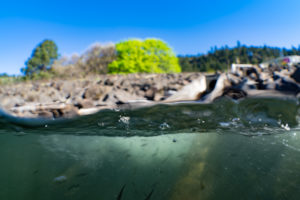
Last week we asked you, our supporters, to take action and sign on to our petition voicing strong opposition to the National Marine Fisheries Service’s

For more than a century, fisheries managers have tried to replace the dramatic loss of wild salmon and steelhead with manufactured hatchery fish. But now
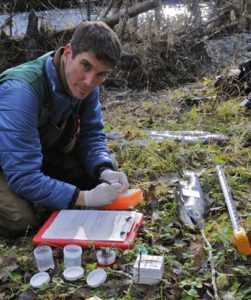
ISAv is an influenza-like virus (Orthomyxovirus) that can be transmitted vertically, through the eggs of an infected female to her offspring, or horizontally, from fish
Join our mailing list to recieve important updates on our work, the latest wild fish news, & opportunities to take action to support wild fish.
This site is protected by reCAPTCHA and the Google Privacy Policy and Terms of Service apply.
Wild Fish Conservancy is recognized as a 501(c)3 non-profit by the IRS